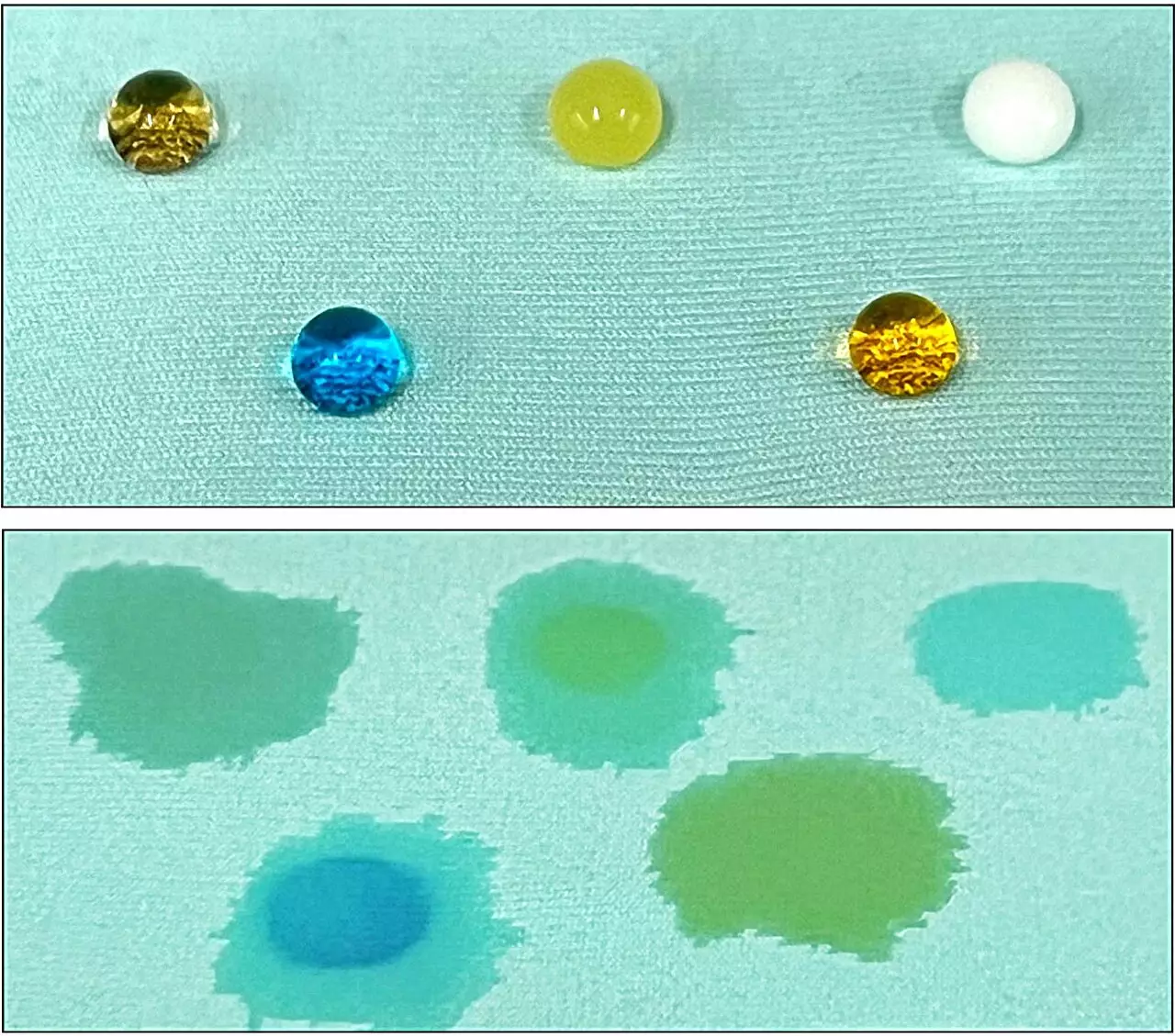The fashion industry is notorious for its massive contribution to waste, with millions of tons of textile waste ending up in landfills each year. Recent studies have revealed that Americans dispose of approximately 80 to 100 pounds of clothing per person annually, showcasing a stark need for innovative solutions to combat this crisis. An exciting development by a research team at Cornell University spearheaded by Juan Hinestroza presents a significant leap toward sustainability. They have developed a method for crafting waterproof coatings from discarded fabrics that poses far less risk to human health and the environment than traditional methods reliant on harsh chemicals and carcinogens.
This breakthrough method uses metal-organic frameworks (MOFs) as a key material in creating these coatings. The advantages of this approach stem from the environmentally conscious processes employed in synthesis. Unlike many conventional coatings, which typically rely on energy-intensive purification and separation of textiles, this new technique utilizes room-temperature synthesis. Notable solvents for this process include water and ethanol, significantly reducing detrimental environmental impacts.
In an era where circular economy principles are gaining traction, the reuse of textile waste becomes a prime focus. Yelin Ko, a doctoral student in fiber science and the lead author of the paper titled “UiO-66 Inspired Superhydrophobic Coatings Fabricated from Discarded Polyester/Spandex Textiles,” emphasizes the potential of upcycling discarded apparel. The research team developed methods to chemically decompose worn-out polyester textiles through an alkaline depolymerization process. This process effectively converts these fabrics into valuable compounds like disodium terephthalate, which is a critical component in synthesizing UiO-66, a revered MOF.
The study serves as a remarkable extension of prior research that explored the breakdown of old clothing to reuse polyester compounds for various desirable properties, including flame resistance and antibacterial functionalities. By repurposing textile waste in a manner that maintains the integrity and functionality of the fabric, the research team lays a foundation for creating products that sustain both the environment and the consumer’s needs.
The results of this innovative approach are compelling. By applying a minimal amount of ethanol during the synthesis, UiO-66 can be assembled onto spandex and polyester substrates, obtaining superhydrophobic qualities. The addition of spandex fragments effectively altered the hydrophilic nature of the MOF structure, granting it water resistance. Interestingly, this water-resistant coating has demonstrated durability against common wear and tear, including repeated washing and abrasion. These findings indicate not only a functional advantage, but also the longevity and practicality of the end products synthesized through this method, paving the way for widespread application in clothing and textiles.
Another critical element of this research is its focus on reducing the reliance on harmful chemical finishes, often referred to as “forever chemicals.” These fluorinated compounds, while effective, are increasingly being scrutinized for their long-lasting and potentially hazardous effects on the environment and human health. Researchers like Tamer Uyar, who contributed to this study, articulate the importance of finding viable alternatives that can replicate the desired water-repellent and self-cleaning properties without endangering ecological and public health.
While the technological advancements presented by Hinestroza and his team are commendable, a broader dialogue surrounding consumer behavior must accompany these innovations. Hinestroza poignantly notes that it is easy to hold brands and producers accountable for issues in the industry; however, consumer habits play an equally crucial role in the ecosystem of waste generation. The push for sustainable solutions must incorporate an understanding of the cyclical relationship between consumption and production.
As these innovative waterproof coatings enter the market, it will become imperative for consumers to engage in responsible purchasing decisions. This shift not only promotes sustainable fashion practices but also fosters growing awareness of the impacts of waste generated by the clothing sector. The integration of sustainable technologies within the textile industry is not merely a technical fix—it’s a cultural evolution towards a more responsible and environmentally sound approach to fashion.
Ultimately, the efforts made at Cornell signal a promising step toward addressing textile waste significantly. With ongoing support for research and development, the dream of a sustainable, circular economy within fashion can be realized, preserving our planet for future generations while achieving functional textile solutions.


Leave a Reply